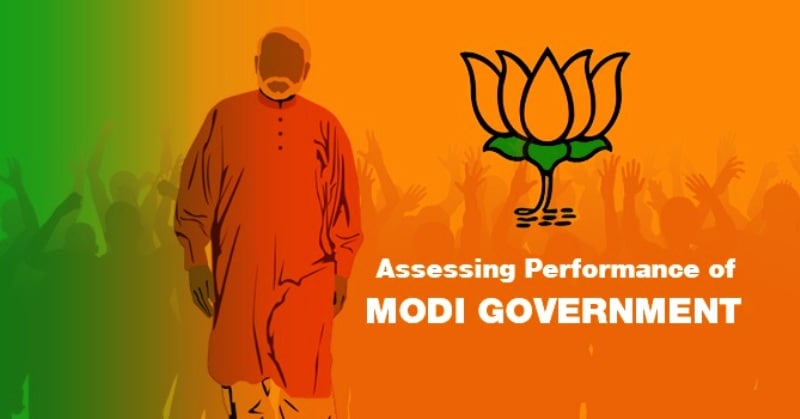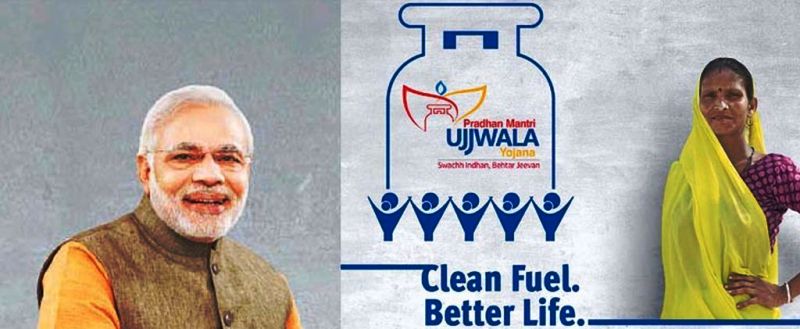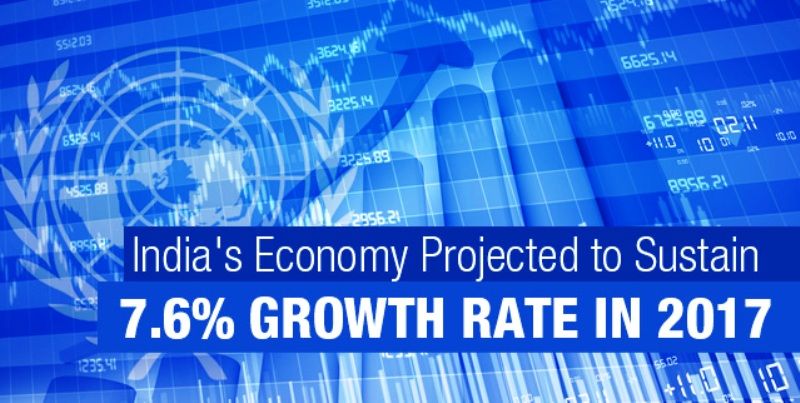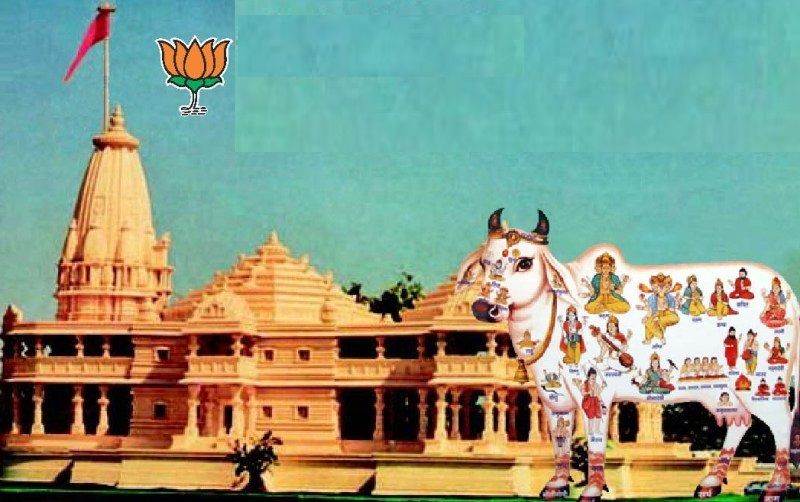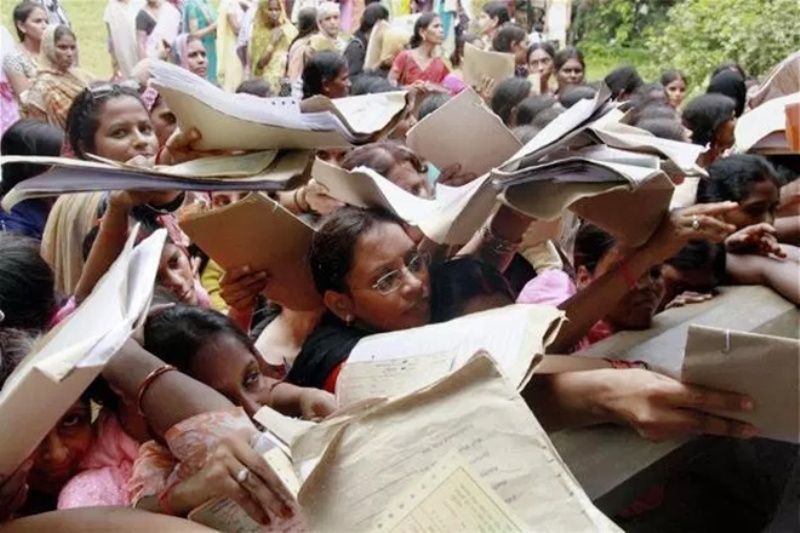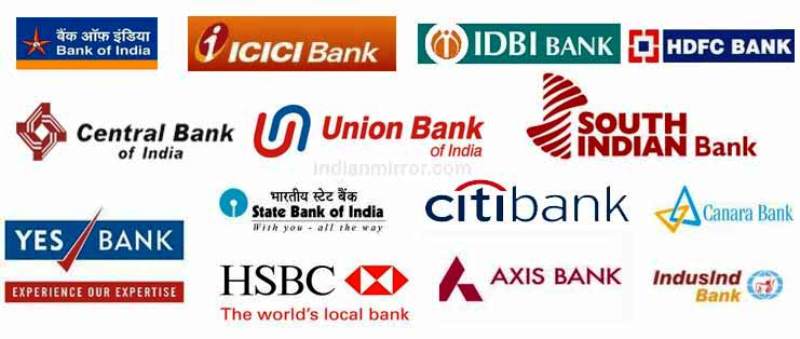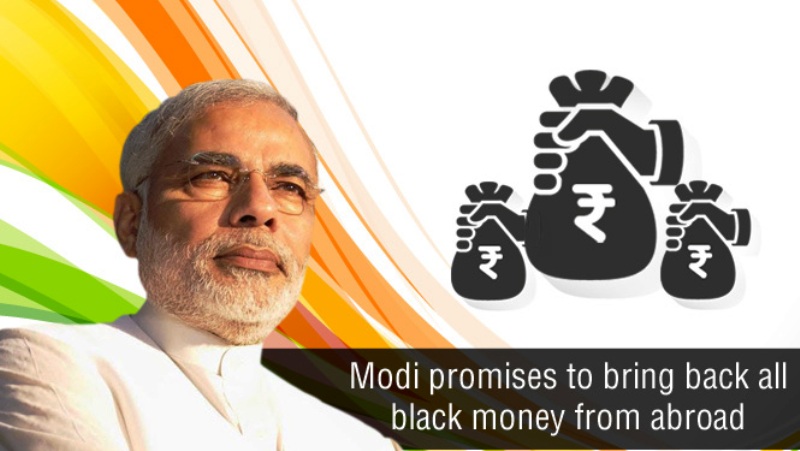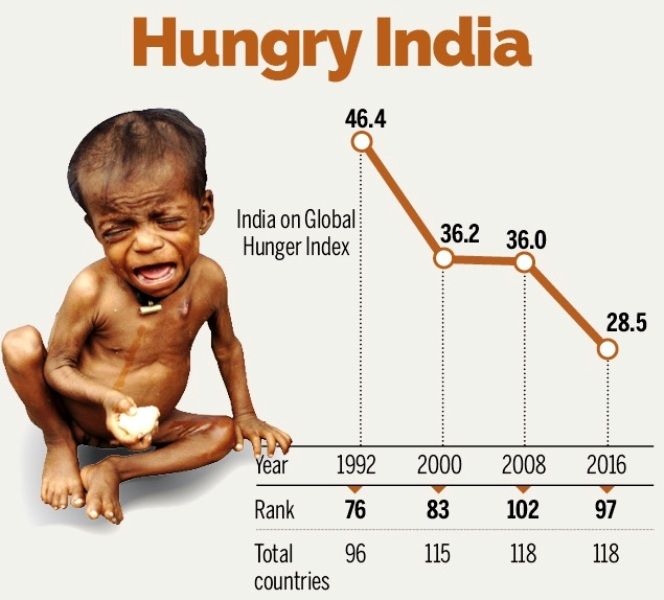5 Positive & 5 Negative Developments In The BJP’s Rule (2014-Present)
The second term of UPA government witnessed the unprecedented outburst of public anger against the corruption and inefficient governance. This period observed a turning point in the politics of India. A clamour to replace the existing government started doing rounds in the country. Movements like India against Corruption and others surged up against the ruling coalition government.
Corruption in India had penetrated to the lowest level of government. The resultant public anguish paved the way for the debacle of UPA government, and the rise of Modi-led-BJP Government at the Centre.
Modi’s Gujarat Model of development with his promises of Good Governance, corruption free India and Sabka Sath Sabka Vikas motto made him win the elections with the whopping majority. Now, when three and half years have passed, its time to assess the performance of NDA government and see whether they have been successful in fulfilling the promises they made before elections.
Five Positive Developments
1. Connectivity and Infrastructure Development
- Connectivity and Infrastructure projects got a big push. When on the one hand Sagarmala Project will increase the connectivity of our ports, inland waterways project will make our rivers navigable.
- Under the UDAN scheme, the government is building no-frill airports. Now common man can fly at the rates as cheap as Rs. 2500.
- The recent project of the bullet train on Ahmedabad- Mumbai route with the help of Japan might change the future of India’s transport in the long run.
- To improve the road connectivity, Bharatmala project has been introduced.
2. Reformist Agenda
- Prime Minister Modi is often touted as a reformist. The government was able to roll-out the long-pending GST regime. Although introduced with some glitches, GST is the biggest taxation reform of 21st century India.
- The government relaxed the FDI limits in sectors like Defence, Civil aviation, pharmaceutical, food processing etc. making India a desirable destination for foreign investors.
- Due to the reforms introduced, India jumped 30 places in the World Bank’s Ease of Doing Business report for the first time.
3. Clean and Green Initiatives
- The government has set an ambitious target of producing 175 GW of renewable energy by 2022, out of which 100 GW will be produced by Solar Energy alone.
- Under the UJWALA Yojana, Government is providing free LPG connections to BPL households to incentivise them to use clean fuel.
4. Sound Economy
- In the last three years, India has been able to maintain an average of 7% GDP growth rate despite the global slowdown. India’s GDP growth rates are one of the highest in the world.
- India has been able to maintain inflation rates below 5% level. RBI has decided to keep the inflation at 2-6% levels.
- Due to the growing trust of investors Sensex is at an all-time high.
5. Entrepreneurship Development
- Initiatives like Start-Up India, single window clearances and tax rebates to new entrepreneurs are introduced to make Indian youth job creators rather than job seekers.
- The Government has also introduced other initiatives in the category such as; Skill India, Standup India, etc.
Five Negative Developments
1. Polarization
- Since its formation, the BJP government has been increasingly confronting the criticisms by different segments of the society for polarising the country and breaking the secular fabric of India; on the pretext of Hindutva ideology.
- The government is also being criticised for curbing the voices of dissent.
- Time and again, the leaders of the party are found indulged in controversies like Beef Ban, Love Jihad, rewriting history books, rejecting TajMahal as representative of India’s architectural wonders etc.
2. Joblessness
- With the threat of automation and Artificial Intelligence looming, India is in a precarious situation. India’s erstwhile strong IT sector is facing layoffs. It is a huge challenge for the government to provide jobs to millions of youth entering work-force every year.
- Along with the opposition, a few sections of the society have criticised Government’s demonetization drive and alleged that it hampered the small and medium scale businesses in India and it also took away many jobs.
- The government has also been blamed for its sluggish recruitment drives as there are many vacancies to be filled in different government sectors.
3. The Perils of Banking Sector
- India’s banking sector is facing the chronic problem of bad debts. With more than Rs. 8 lakh crore NPAs, Public Sector Banks are under the immense burden. Profits are dwindling, and banks are not able to make any fresh loans.
- The Recent decision of the government to recapitalise banks has been alleged to increase the fiscal burden.
4. The Enigma of Black Money
- BJP came at the Centre with the promise of bringing the black money back home which is stashed abroad. But voices have started doing rounds alleging that it was just an election gimmick and no concrete attempt has been made so far to bring the black money back.
- The recent cases of Panama Papers and Paradise Papers also add fuel to the fire in curbing the menace of Black Money in India.
5. India’s poor performance in Global Indices
- India ranks 131 of 188 countries in Human Development Index even below the countries like Iraq, Sri Lanka and Maldives.
- In Global Hunger Index, India is at 100th place among a set of 119 countries – behind countries like North Korea, Bangladesh and Iraq. Among the South Asian countries, only Afghanistan and Pakistan perform worse than India.
Despite all these failures, recent trends suggest that Modi’s juggernaut seems unstoppable for the time being. Tough decision-making capabilities and a cleaner image than the previous government have been able to keep the trust of general people intact in this government. The remaining one and half year will decide whether the government is able to maintain that trust or not.

